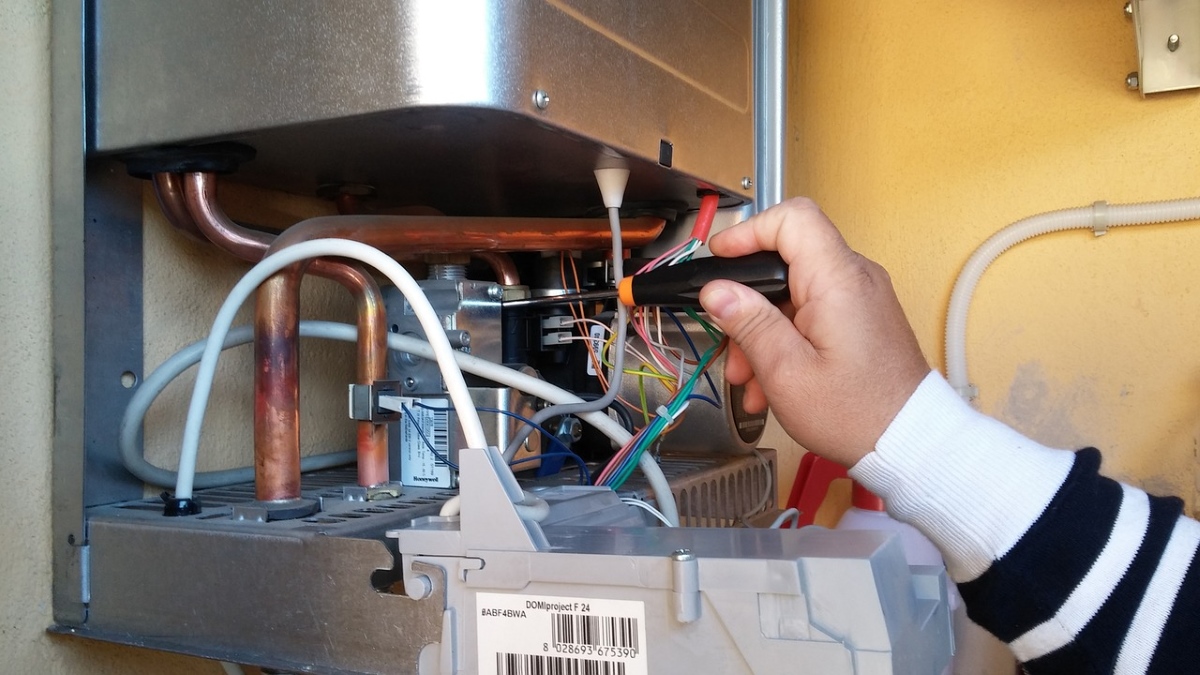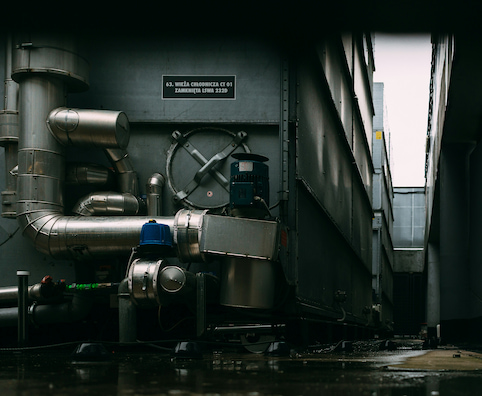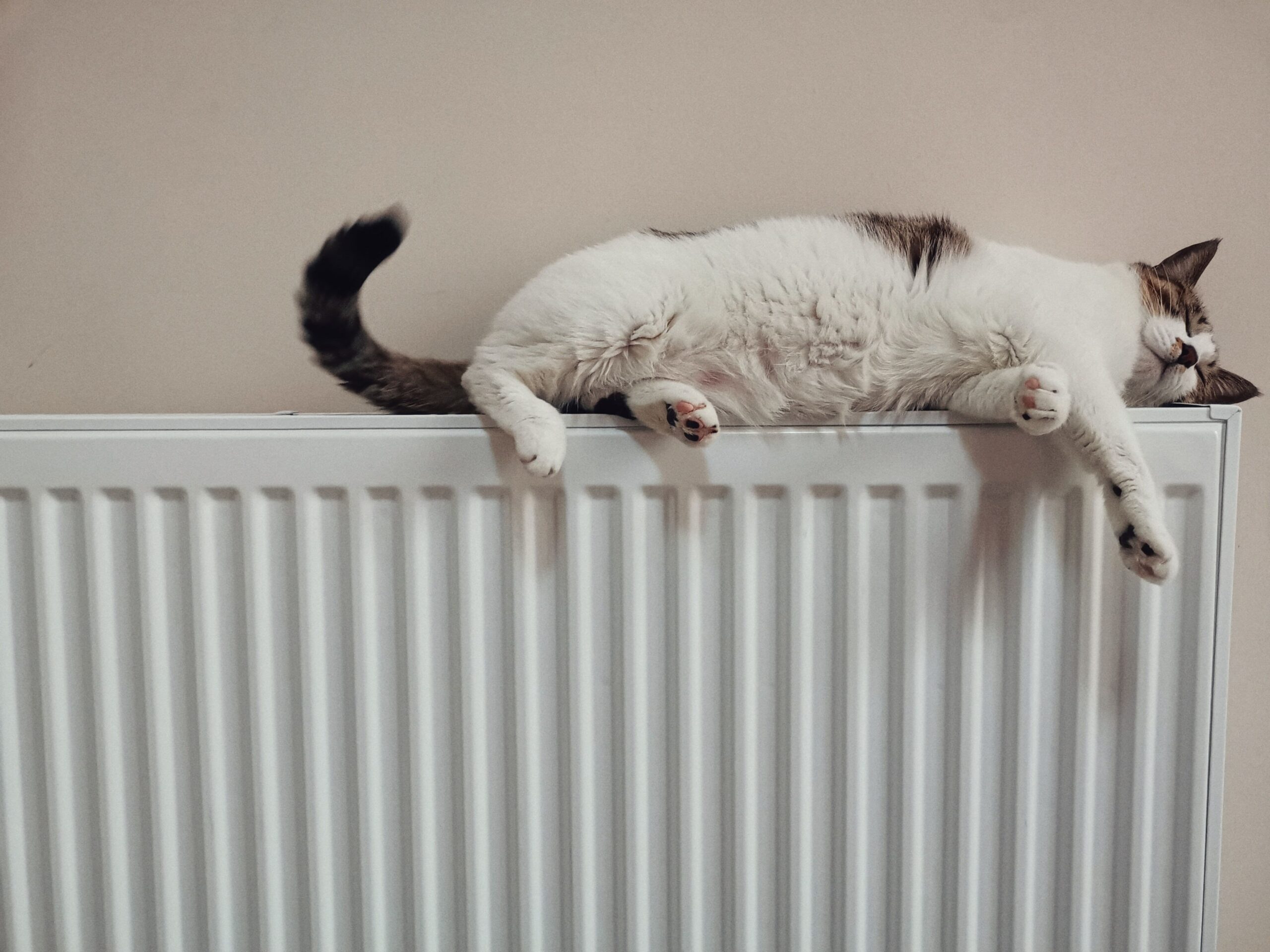If you operate a business, you have probably encountered the term “PAT testing”. But do you understand it? PAT testing is a huge part of workplace safety and is surrounded by laws and legislation, and it’s important not to ignore it. This post will help you get to grips with PAT testing and understand its place in a business environment.
This guide explains what PAT testing is and how often it needs to be carried out. We will also take you through what makes PAT testing important and the laws around testing appliances in the workplace.
What Is PAT Testing?
Before we get into PAT regulations and why it matters, we need to address what PAT testing is.
PAT testing stands for Portable Appliance Testing. It is a combination of visual inspections and electronic tests carried out to check the safety of portable electronic appliances.
Why Is PAT Testing Important?
What makes PAT testing so important? First and foremost, there are a lot of regulations and legal requirements around PAT testing. But it is not just important because it’s a legal necessity. PAT testing would be just as important even if there were no regulation surrounding it.
The consequences of electrical faults can be dire. Faulty electronics can result in everything from small shocks to electrocution and fires. These damaging and potentially deadly consequences make it vitally important that all electronics are properly maintained. PAT testing is key to identifying problems before an accident occurs.
Important safety note: Electrical faults are a common cause of workplace fires, and PAT testing is a great preventative measure. But the issue does not end there. Workplace fires are a real threat, and we encourage you to read our guide Most Common Causes of Workplace Fires (And How to Prevent Them) for more details.
It is also important to note that whilst PAT testing covers portable appliances, other electronics and wiring are other tests. For example, an Electrical Installation Condition Report (EICR) will highlight hardwiring, sockets, air conditioning, etc.
What Does PAT Testing Include?
In addition to a visual inspection, a PAT test can include a detailed check using specialised testing equipment. For some appliances, a reduced test (also called a PAT insulation test) is all that is required. Whichever test an appliance receives, the appliance will be given a pass or fail.
The result of the test (and the date) will be marked on the appliance. The details of the test should also be recorded in a PAT test log.
After a PAT you should receive:
- An inventory listing the appliance type, name, location and description
- Test results for all of the appliances that were tested
- A complete list of any appliances which failed their test (including details of the failure)
- A pass or fail label with the date and inspectors signature for each appliance
PAT testing is carried out on all the appliances the landlord or employer is responsible for. In the case of an employer, this is usually all portable appliances on the premises. The PAT testing is applicable for landlords for appliances they supply but does not cover a tenant’s appliances. PAT testing applies to seven categories of electronic appliances:
- Fixed equipment
- Portable appliances
- Stationary equipment
- IT equipment
- Moveable appliances
- Cables and chargers
- Handheld appliances
What Are The Rules Regarding PAT Testing?
There are plenty of regulations regarding workplace safety, including; Health and Safety at Work Act of 1974, Electricity at Work Regulations of 1989, Provision and Use of Work Equipment regulations of 1998 and the Management of Health and Safety at Work regulations of 1999. PAT legislation was created to increase company compliance with these regulations.
PAT testing regulations require that portable electronic appliances are suitable for their intended purpose, are safe and are appropriately maintained. This requires regular maintenance, inspections and testing.
Who Is Responsible For PAT Testing?
PAT testing laws apply to landlords, employers and self-employed individuals. As it relates to PAT testing for businesses, Provision and Use of Work Equipment Regulations 1998 states “It shall be the duty of every employer and self employed person to comply with the provisions of the Regulations as far as they relate to matters which are within their direct control.”
The regulations also outline employees duties while at work. An employee must cooperate with an employer to enable them to fulfil their duties as outlined in the regulation. The regulations also stipulate that employees must “comply with the provision of these regulations in so far as they relate to matters which are within his control.”
Who Can Provide A PAT Test?
Meeting the requirements outlined above requires PAT testing to be carried out by a competent person. PAT.org.uk describes a competent person as “someone who has experience or knowledge of being able to check and test appliances for safety purposes.”
How Often Do You Need A PAT Test?
The recommended frequency of PAT testing varies by appliance and business type. However, it is common to have a full PAT test annually. Certain industries such as construction require more frequent tests. For example, PAT.org.uk states, “All 110V equipment used on construction sites should be tested every 3 months.”
Be sure to research the specific PAT Testing Regulations for your business and the appliances you use. The standards for PAT testing frequency are set for a reason, and it is important that you adhere to them to maintain safety, reduce risk and protect your employees and business.
Get Started With PAT Testing
There is no debate, if you operate a business, you need to have your appliances PAT tested by a qualified professional. If you are not already getting regular PAT tests, you can speak with the Kiasu Workforce PAT testing team and arrange a test.




